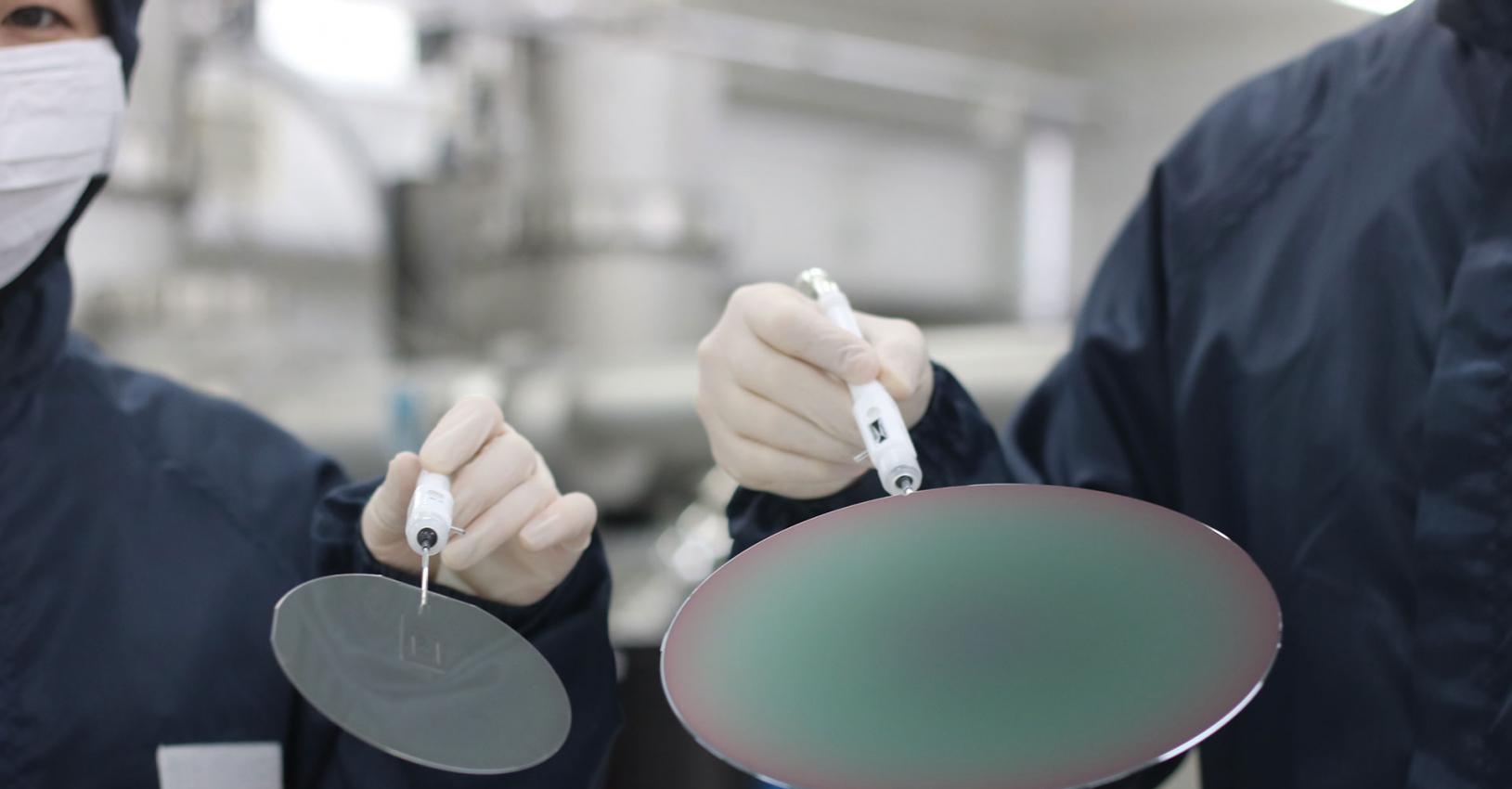
Breakthrough in Quantum Communication: Australian Researchers Streamline Light-Based Quantum Information
A group of researchers in Australia has unveiled an innovative method for encoding and measuring quantum information through light, an advancement that could transform secure communications and quantum computing. Released on May 6 in the peer-reviewed journal Physical Review Letters, the research marks a significant improvement in simplifying the processing of quantum information, potentially expediting the implementation of real-world quantum technologies.
Addressing a Fundamental Quantum Issue
Within quantum communication, a widely-used approach for transmitting data involves encoding information in the timing of photons—light particles—a technique referred to as time-bin encoding. In this method, information is preserved in the exact arrival times of photons, which inherently safeguards against loss and interference.
However, until this breakthrough, this encoding approach necessitated highly complex and sensitive instruments to detect the time variances. This technical complexity has been a considerable hindrance to constructing stable and scalable quantum systems outside laboratory settings.
Here come the researchers from the Queensland Quantum and Advanced Technologies Research Institute (QUATRI) at Griffith University. By ingeniously merging quantum phenomena, they’ve eliminated the requirement for ultra-precise timing instruments. Instead, they employed Hong-Ou-Mandel (HOM) interference, a counterintuitive quantum phenomenon that occurs when two identical photons enter a beam splitter. Rather than randomly appearing from either output port, the photons interfere in such a manner that they are always detected together—an exclusively quantum result.
“Consider it the universe’s take on an awkward handshake that achieves something worthwhile,” joked Dr. Simon White, one of the lead authors of the study.
From Qubits to Qudits: Unlocking Enhanced Capacity
Central to the research is a transition from qubits to qudits. While qubits—the quantum equivalent of classical bits—can exist in a superposition of 0 and 1, qudits can inhabit multiple quantum states simultaneously (such as 0, 1, 2, etc.).
The newly developed technique broadens encoding capacity by utilizing a tool known as a “quantum walk,” a process illustrating how photons navigate multiple paths over varying time intervals. When this quantum walk is integrated with HOM interference, researchers can tap into higher-dimensional quantum systems represented by qudits.
“Photons are the perfect carriers of quantum information, and encoding in a photon’s arrival time is an excellent method for transmitting a quantum message,” Dr. White stated. “We demonstrate how to simplify the measurement of these messages so that detectors aren’t required to pinpoint exact arrival times—we can merely observe the interference pattern instead.”
High Precision and Stability in Laboratory Findings
This novel method is not just a theoretical concept. The research team executed comprehensive laboratory evaluations, yielding highly encouraging results:
– Quantum state measurement fidelity exceeding 99%
– Scalable system design extending beyond 2-dimensional quantum states
– Successful creation of quantum entanglement among various photon characteristics
– Consistent performance with short temporal intervals between time bins
Specifically, achieving entanglement—a distinct quantum attribute where particles remain connected regardless of distance—is a crucial step in validating the approach.
“Entanglement is a fundamental characteristic of quantum mechanics,” remarked Dr. Emanuele Polino, co-lead researcher. “Establishing the presence of entanglement is vital as it provides insight into how these quantum features can be utilized in the future.”
Unlocking Practical Quantum Applications
One of the most enticing aspects of this discovery is its potential for real-world applications. Previous quantum communication systems that depended on time-bin encoding were hampered by delicate and cumbersome equipment, such as ultrafast single-photon detectors and large interferometers.
By pivoting from detecting individual photon arrival times to leveraging interference for decoding, the experimental setup becomes not only simpler but also more resilient. This could have significant implications.
“Transmitting secure quantum signals is a challenging endeavor,” Dr. White asserted. “However, encoding with time-based qudits simplifies that task and enhances its robustness. By improving the stability, adaptability, and simplicity of time-bin quantum encoding, this breakthrough moves us closer to scalable quantum technologies.”
This signifies practical advancements in areas such as:
– Quantum key distribution for unbreakable encryption
– More efficient quantum computing systems
– Advanced quantum sensors for applications in medicine, navigation, and research
Transforming Theory into Practice
With growing investments in quantum technologies globally—from governments to tech corporations—the timing of such innovations is particularly pertinent.
While many proposed quantum technologies find themselves stalled in theoretical or highly controlled experimental stages, the Griffith University team’s breakthrough points toward applications that could be realized with current quantum infrastructure.
“This study allows us to gain a clearer understanding of the foundational properties of quantum particles and opens new avenues for secure communication, advanced quantum simulation, and practical quantum uses,” Dr. White concluded.
As the competition to develop functional quantum systems intensifies, innovations that strike a balance between theoretical sophistication and practical scalability—like this one—will be crucial in determining the leaders of the next technological frontier.